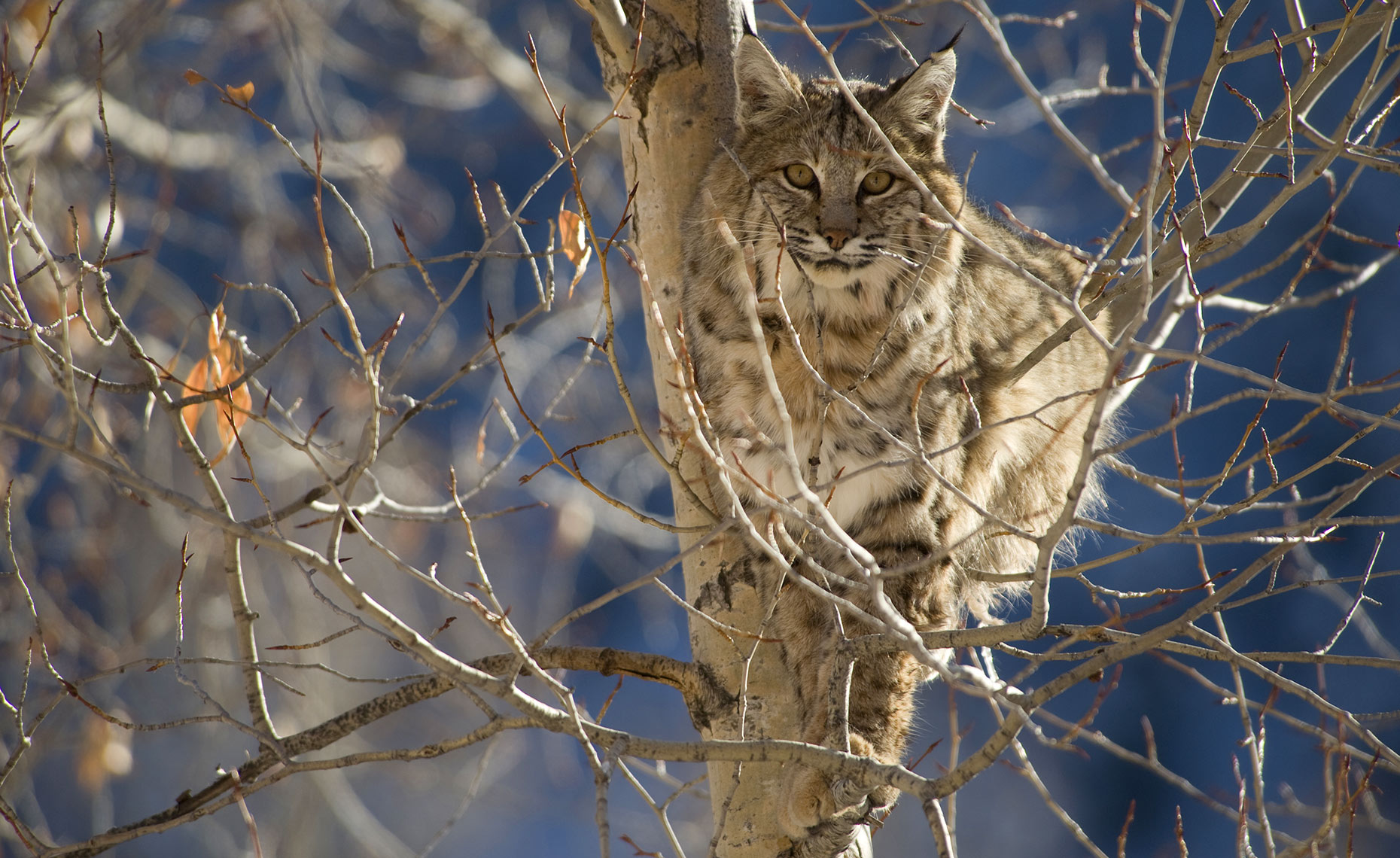

Spitting is often used to scare off oncoming animals along with hisses, growls, and snarls. When confronted by larger animals or during meals, they particularly do this.īoth of these noises are frequently heard together and are frequently used interchangeably. When defending themselves or intimidating prey, bobcats hiss, growl, and snarl. When they feel threatened, they also use it. It functions as a warning signal to let other animals know that a predator is nearby. Unlike dog barks, this noise is distinctive.īobcats’ bark is used as a normal form of communication, and many bobcats “bark”. It is a distinct noise that resembles a deer’s menacing snort. Short bursts of air are forced and expelled by them. BarksĪ cough-bark sound is produced by bobcats. They also do the same silent “meow” that domestic cats make sometimes, especially when resting or walking. Momma bobcat comes to their aid when the kittens meow about hunger or perceived danger. One way they get their mother’s attention is by doing this. But they do chirp.īobcat kittens frequently meow. Bobcats do not meow because they do not have anyone from whom to demand food. A chirp has a bird-like sound, but it’s used more like a meow.īobcats in the wild don’t meow as often as house cats. A meow is a cry or an attention-seeking signal.

The meows that bobcats produce have the same function as those made by house cats. A bobcat’s scream, which sounds like the scream of a woman or child, can occasionally be heard while roaming through the wilderness at night. They occasionally even scream, howl, or screech. The sounds that bobcats produce include hisses, growls, snarls, meows, barks, and more.


 0 kommentar(er)
0 kommentar(er)
